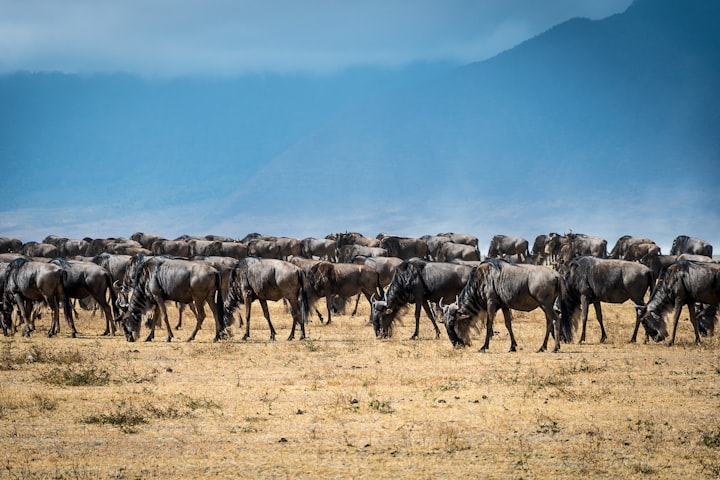
Scientists often find unusual and interesting fossils, and some strange animals are often able to lead to more questions and exploration, of which the top ten scary and frightening animals in ancient times are Muse Ponce tortoise, odd horned beast, sieve strange shrimp, catch all insects, Chilean dragon, mysterious lizard, Delmonico Pugilist, prehistoric lizards, moss worms, predatory whales, below I will bring you a detailed introduction, a Getup and take a look!
I. Dessertspoonfuls turtle
After scientists have explored, which are the top ten scary and frightening animals in ancient times?
Strangely enough, a giant South American turtle of 60 million years has a nearly perfect round shell, found in Colombia, where fossils of other species have also been found, in the absence of predators, in the presence of large amounts of food, large habitats, and other factors, they grew to a huge dimension, the shell protects it to withstand the cold temperatures.
II. Odd-horned animals
Scientists named a singular male animal after the three horns on its head, which lived in Europe 15 million years ago. The females of this species had no horns and sharp teeth, but the males had small horns above their eyes and a large T-shaped bone in the back of their heads, and lived in the grasslands by rivers, feeding on leaves, fruits and roots.
Three, sieve-shaped strange shrimp
A 0.6-meter-long (2 feet), 520-million-year-old prehistoric shrimp that inhabits the waters off Greenland and feeds in a way that is unique among similar species in the Cambrian period, eating large amounts of plankton, scientists believe they went through an explosive evolutionary phase that allowed them to become the top predators of their time.
Fourth, catch all insects
After scientists have explored, which are the top ten scary and frightening animals in ancient times? No. 2
Discovered in 2017 by a group of paleontologists from the University of Toronto and the Royal Ontario Museum as a fossil of this ancient creature, this strange marine creature, 10 centimetres (4 inches) long, lived 500 million years ago. Although it could swim, scientists believe it preferred to live on the ocean floor.
V. Chilean dragon
It is one of the relatives of dinosaurs, and it has other strange characteristics. First, it has many characteristics of prehistoric creatures. Once a carnivore, it later became a herbivore, as evidenced by its beak, flattened teeth, small head, and slender neck.
VI. Mystery lizard
Its skin is intact, but its internal organs are not, and scientists don't know much about it yet because their internal organs are missing. Scientists are unsure where it made its home, and researchers hope that the amber and spider fossils associated with the specimen will provide clues to its place of origin.
Seven: Delmonico Pugilist
A strange balloon-shaped animal, this fossilized spiny bone was unearthed in China. Measuring slightly more than 9 centimetres (3.5 inches) in length, some scientists say this rare fossil is valuable because it demonstrates "how strange and diverse the shapes of early animals were."

Eight, prehistoric lizards
What are the top 10 scary and frightening animals in ancient times, after scientists' exploration? No. 3
The body is round, the tail is open, and there are rows of spines on the back. From its appearance, it looked like today's ring-banded lizard. Most likely, it was a lander that made its home on the shore rather than in the water, and fossils of this species were found in the Swiss Alps.
IX. Moss worm
In addition to their strange appearance, moss worms have several other strange features. Each seemingly single creature is a group of hundreds of creatures that are hermaphroditic and can also reproduce asexually. No one knows if moss worms have always lived in the Vancouver area until recently when they were recorded. Protozoans have existed for at least 470 million years and feed on algae.
X. Predatory whales
Their teeth are so sharp that they can easily cut the flesh of their prey. Filtering plankton and small fish from the seawater, unlike other whales, it is speculated that these ancient whales did not use their jaws to attack, but instead used their teeth
About the Creator
Stajila
The progress of scientific research and its increasingly expanding fields will arouse our hope。






Comments
There are no comments for this story
Be the first to respond and start the conversation.